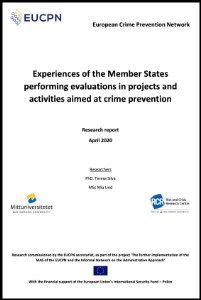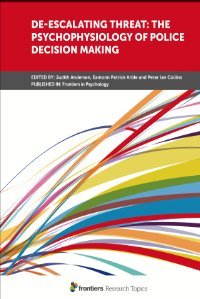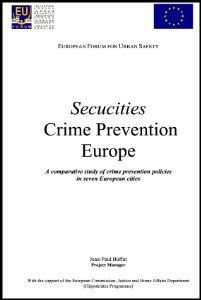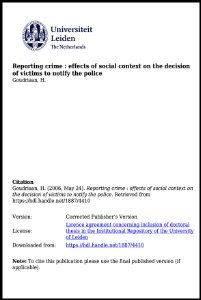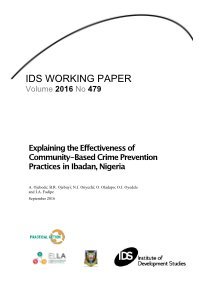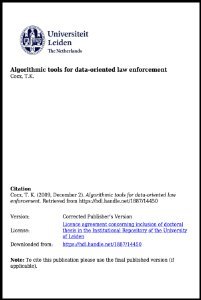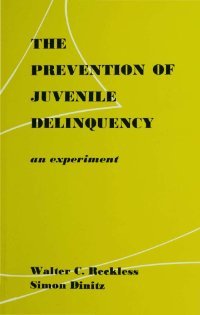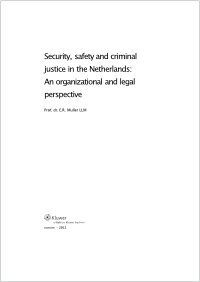By Ardi Janjeva, Alexandria Reid and Anton Moiseienko.
The distribution of copyright-infringing audio-visual content, also known as ‘piracy’, is a major profit-generating crime that offers significant opportunities for criminal gain. The idea that piracy is solely carried out by otherwise law-abiding, opportunistic individuals is no longer tenable. Piracy is an increasingly professionalised crime, yet the current response lacks the required urgency on numerous levels, from an incomplete understanding of pirate business models to the often low priority attached to tackling it by law enforcement agencies, regulators and online service providers and the limited awareness in the financial sector about intellectual property crime. This report explores how criminals make money from piracy and provides recommendations for how the UK government, law enforcement and private sector stakeholders can decrease the profitability of doing so. Its recommendations are addressed to UK audiences, but almost all of them are internationally applicable. This is particularly true of those aimed at rights holders, the financial sector and online service providers working across multiple geographies.
London: Royal United Services Institute, 2021. 84p.




